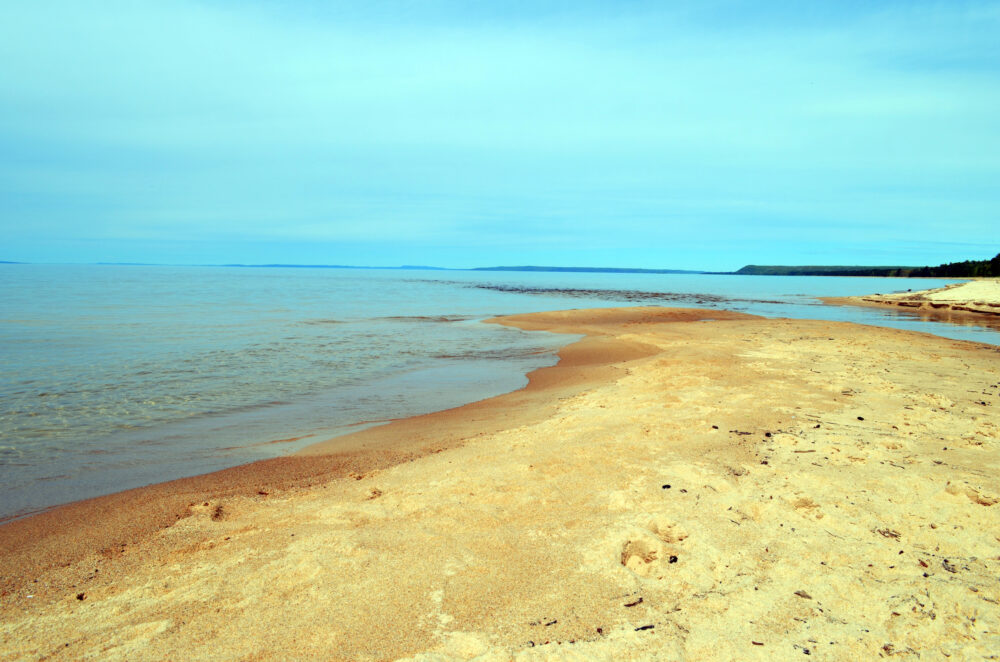We have much more to do and your continued support is needed now more than ever.
Rowing To The Magnetic North Pole: An Expedition Brought To You By Global Warming
 We might think of this as the expedition we hoped we would never see.
We might think of this as the expedition we hoped we would never see.
Around August 1, a rowing team led by Scottish adventurer Jock Wishart will leave from Resolute Bay in the north of Canada and attempt to row the entire 450 miles to the magnetic North Pole.
Throughout the course of their trip readers can view an updated report of the expedition and track the team online .
Wishart is leading the expedition (named the Old Pulteney Row to the Pole Challenge) to point out the dramatic effects of climate change on the diminishing ice coverage in the Arctic polar regions. He is a veteran of such adventures having also rowed across the Atlantic Ocean.
 Once Ice, Now Unfrozen
Once Ice, Now Unfrozen
The magnetic pole, is not the geographic North Pole. It is further to the South (for you tech types it is located at 78°35.7N 104°11.9W / 78.595°N 104.1983°W). For history buffs, it was first reached, by Europeans, by Sir James Clark Ross of the British Royal Navy in 1831, over ice. The magnetic pole has shifted north since then and actually shifts on a daily basis.
The Wishart crew’s attempt to reach the magnetic pole in a rowboat has only recently become even possible due to the dramatic warming taking place in the region. This warming trend has decreased the size of the Arctic ice sheets and left large areas of the Ocean unfrozen.
The effects of climate change and related warming are not the same in all parts of the world. While Earth’s average temperature rose 1.0°F during the 20th century, some areas on the Earth are warming more rapidly. Science is finding that the Arctic is warming more than twice as fast as other parts of the planet. In Alaska, for example, the average temperatures increased 5.4°F between 1970 and 2000.
These warmer temperatures have caused other changes in the Arctic Ocean such as melting ice and resultant shrinking polar bear habitat and feeding grounds.
 In addition to loss of polar bear and seal habitat, many other creatures are affected by the warming of the Arctic region which has a much richer subsurface ecosystem than one might think. The fact of so much sea ice melting is also bringing new external pressures to the Arctic region including an all out race by northern nations and private companies from three continents to explore the mineral, oil and natural gas potential of these new ice-freed areas.
In addition to loss of polar bear and seal habitat, many other creatures are affected by the warming of the Arctic region which has a much richer subsurface ecosystem than one might think. The fact of so much sea ice melting is also bringing new external pressures to the Arctic region including an all out race by northern nations and private companies from three continents to explore the mineral, oil and natural gas potential of these new ice-freed areas.
During the course of the Wishart expedition, the crew will be using a satellite-positioning system known as Yellowbrick to track their progress. This system will automatically update a map on the official website, allowing members of the public to track the team’s voyage. One can only hope that this watching them move along this first-time water route does not also signify presiding over the road to ruin for the fragile Arctic region.





















